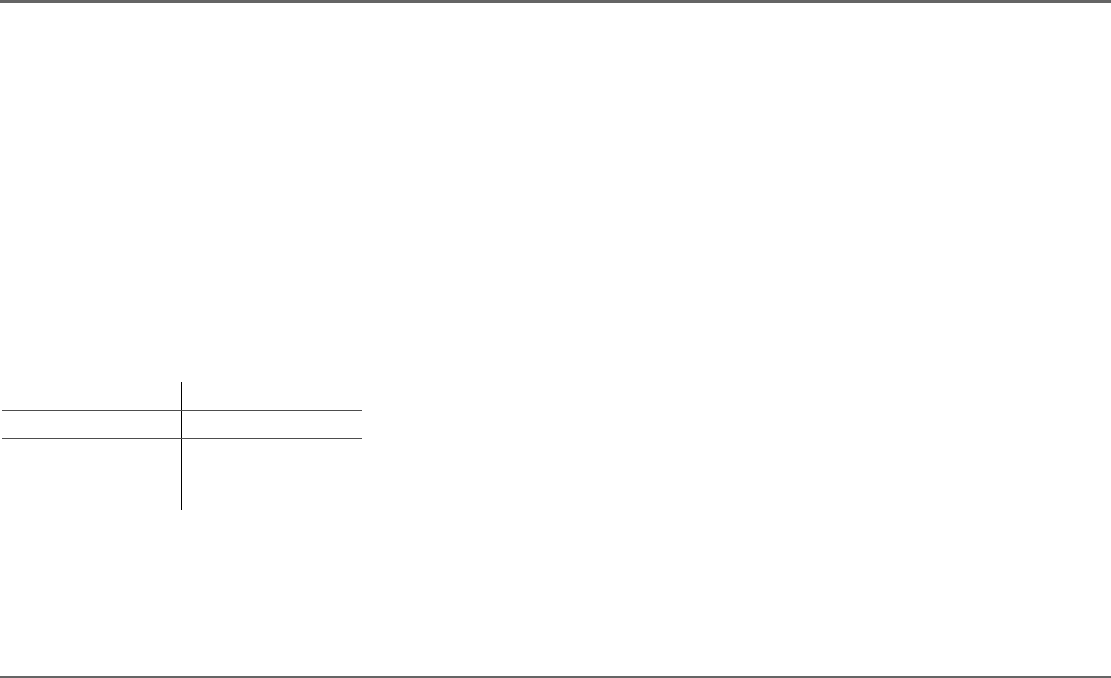
975-0527-01-01 9
Planning the Installation
This guide for use by qualified installers only.
AC Wiring
Definition AC wiring includes input wiring (all the wires and connectors
between the AC source and the inverter/charger input) and output wiring
(all the wires between the inverter/charger and the AC load panels, circuit
breakers, and loads).
Type The type of wiring required varies according to the electrical codes
or regulations applicable to your installation. For RV applications, this may
be solid wire in multi-conductor cables, but stranded wire is required if
single conductors are used. All wiring must be rated 90 °C or higher.
Size of AC Input Wiring Wire size must be coordinated with the
overcurrent protection provided ahead of the wire involved, in accordance
with the electrical codes or regulations applicable to your installation.
Therefore, the wiring used between the AC input circuit breaker and the
inverter/charger input must be sized to match the input breaker rating.
Size of AC Output Wiring Wire size must be coordinated with the
current the wiring will carry. This current may be determined by the 20 A
maximum inverter current, or by the pass-through current, which is
determined by the overcurrent protection provided ahead of the Freedom
SW 2000.
Size of Wiring Downstream of the AC Output Breaker The wiring
used between the AC output breaker and your loads must be sized to match
the output breaker.
AC Output Neutral Bonding
The AC source must have its neutral conductor bonded to ground.
Bonding system The Freedom SW 2000 provides a system that
automatically connects the neutral conductor of the inverter’s AC output
circuit to safety ground (“bonding” it) while the inverter/charger is
inverting, and disconnects it (“unbonding” it) when the inverter/charger is
connected to external AC power. This system is designed to conform to
installation codes that require AC sources such as inverters and generators
to have their neutral conductors tied to ground at the source of power in the
same way that the neutral conductor from the utility is tied to ground. These
same codes specify that the neutral can only be connected to ground in one
place at any one time.
Suitability This automatic neutral-to-ground bonding system requires AC
input sources with bonded neutral. This will be the case in most situations:
in a utility feed, at an external AC hook-up, or a generator with a bonded
neutral. If not, have an electrician look into bonding the source’s neutral to
ground. See also “AC Input and Output Isolation” on page 20.
Table 2
Input AC Wire Size
Breaker Size Used 30 A
Wire Size 10 AWG
Color Coding L: black:
N: white
G: green


















